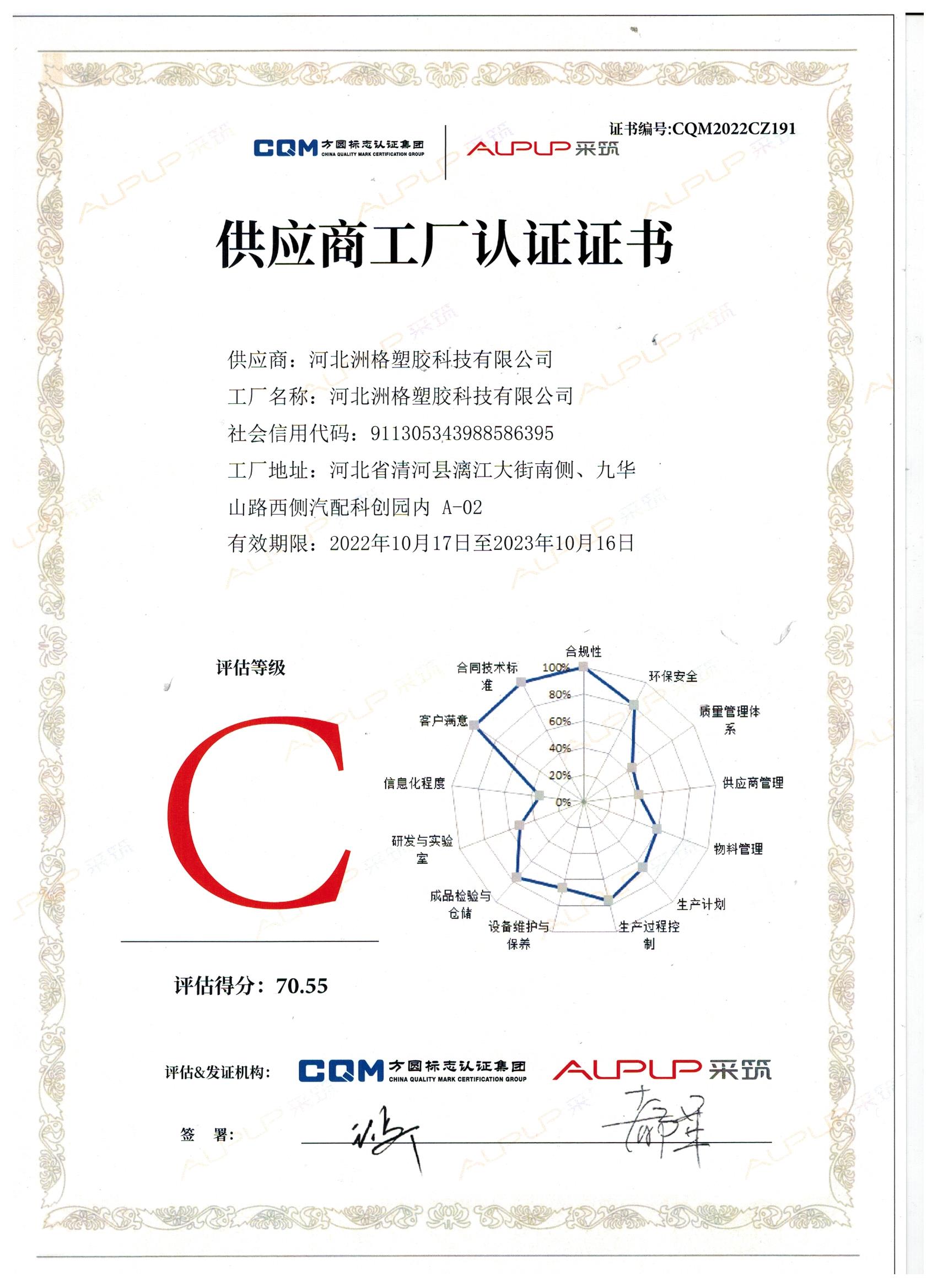Oct . 11, 2024 04:58 Back to list
Designing and Implementing Efficient D Section Fender Systems for Marine Applications
Exploring the D-Section Fender Design, Functionality, and Impact
When it comes to boating and marine activities, the importance of fenders cannot be overstated. Among the various types available, the D-section fender stands out for its unique design and versatile applications. In this article, we will explore the characteristics, benefits, and uses of D-section fenders, delving into why they are essential for protecting vessels and docking infrastructures.
Understanding D-Section Fender Design
The D-section fender derives its name from its distinctive shape, which resembles the letter D when viewed in cross-section. This design features a flat side that is commonly mounted against a wall or dock, while the rounded side faces the water, providing a cushion for boats coming into contact with hard surfaces. Typically made from materials such as rubber, PVC, or polyurethane, D-section fenders offer a combination of flexibility and strength, making them ideal for various marine environments.
One significant advantage of the D-section design is its ability to distribute loads evenly along the fender, minimizing concentrated stress points. This characteristic reduces wear and tear, extending the lifespan of the fender and protecting the boat from damage during mooring or docking.
Key Benefits of D-Section Fenders
1. Effective Impact Absorption The primary purpose of fenders is to absorb the impact that occurs when a boat docks or comes into contact with a fixed structure. The D-section’s shape allows it to effectively cushion these impacts, preventing scratches or dents on both the vessel and the dock or pier.
2. Versatile Installation Options D-section fenders can be mounted on various surfaces, including docks, piers, and ships. They can be fastened with screws, bolts, or adhesive, making them suitable for diverse marine settings. Their versatility also allows for permanent or temporary installations, depending on the specific needs of a vessel or docking area.
d section fender

3. Space Efficiency The flat side of the D-section fender allows for a space-efficient installation, making it an excellent choice for busy docking areas where space is limited. Multiple fenders can be placed closely together to provide comprehensive protection without occupying too much space.
4. Durability and Maintenance Constructed from robust materials, D-section fenders are designed to withstand harsh marine environments. They are resistant to UV rays, saltwater, and impacts, ensuring they remain effective for many years. Furthermore, routine maintenance is minimal, primarily involving periodic inspections to check for wear.
5. Aesthetic Appeal While functionality is a priority, aesthetic considerations are equally important in many marine settings. D-section fenders are available in various colors and finishes, allowing boat owners and marina operators to choose options that complement their overall design.
Applications of D-Section Fenders
D-section fenders have a wide range of applications across the marine industry. They are commonly used in
- Marinas and docks To protect both the structure and the boats that dock there. - Commercial vessels Including cargo ships and ferries, where securing the vessel against loading docks is crucial. - Yachts and recreational boats To prevent damage during mooring and provide a cushion against rough waters. - Industrial ports Where larger, more robust fender systems are required to accommodate heavy ship traffic.
Conclusion
In summary, D-section fenders are invaluable tools in the marine industry, offering lasting protection for both vessels and docking structures. Their innovative design, coupled with a myriad of benefits such as effective impact absorption, versatility, and durability, makes them a preferred choice for boaters and marina operators alike. As we continue to explore advancements in marine technology, the D-section fender remains a testament to the importance of safety and efficiency in maritime activities. Whether you are a commercial operator or a recreational boater, understanding and utilizing D-section fenders can significantly enhance your docking experience, ensuring the longevity of both your vessel and the surrounding infrastructure.




